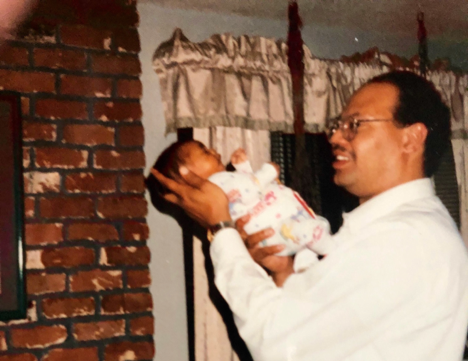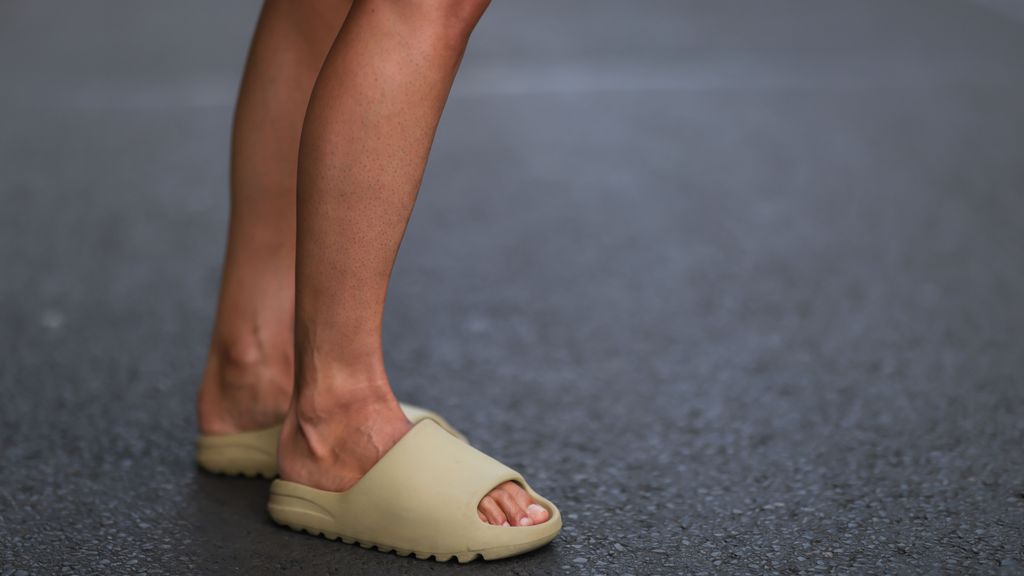By Edward Henderson | California Black Media
Chet Hewitt is the President and CEO of Sierra Health Foundation and its independent operating unit, the Center for Health Program Management.
Since beginning his tenure in 2007, Hewitt has focused foundation investments on health disparities, health equity, and the healthy development and well-being of vulnerable youth and underserved communities.
California Black Media asked Hewitt to reflect on the past year and share his plans for 2023.
With the work you do advocating for African Americans in California, what was your biggest accomplishment in 2022?
The Center has long been dedicated to connecting our social determinants of health orientation to our social justice and equity goals.
I’m exceptionally proud of our efforts to increase access to high quality and culturally appropriate mental and behavioral health services in African American communities locally and statewide.
Examples include the Community Responsive Wellness Program for Black Communities in Sacramento and the statewide Behavioral Health Recovery Services Project.
What did you find most challenging over the past year?
We’re all still healing from the social isolation and financial instability of the pandemic.
This is especially true of our young people. Suicide is now the second leading cause of death among youth ages 15 to 24.
There are incredible challenges to restoring our collective well-being. I’m grateful for programs like our Community Responsive Wellness Program that connects Black youth and families with community and mental health services in Sacramento.
Connection is a key component of mental health.
What are you most looking forward to in 2023?
The Center launched the Community Economic Mobilization Initiative this year that will invest $19 million into equipping our communities to drive economic development.
Equitable access to opportunity leads to greater health and well-being.
I’m looking forward to seeing more public funds in the hands of our communities.
What’s the biggest challenge Black Californians will face next year?
It’s a watershed moment for Black Californians and their communities across our state.
The federal and state governments are investing billions into pandemic recovery and growing the Green economy.
For our community’s long-term health and prosperity, we need to work hard to ensure our children, youth and young adults have equitable access to the education, training and employment opportunities these historic investments in infrastructure and climate resilient industry will generate.
What’s your wish for this holiday season?
During this season and beyond, I wish everyone joy, loving relationships and a sustaining community. We all deserve to be well.
 Westside Story Newspaper – Online The News of The Empire – Sharing the Quest for Excellence
Westside Story Newspaper – Online The News of The Empire – Sharing the Quest for Excellence


